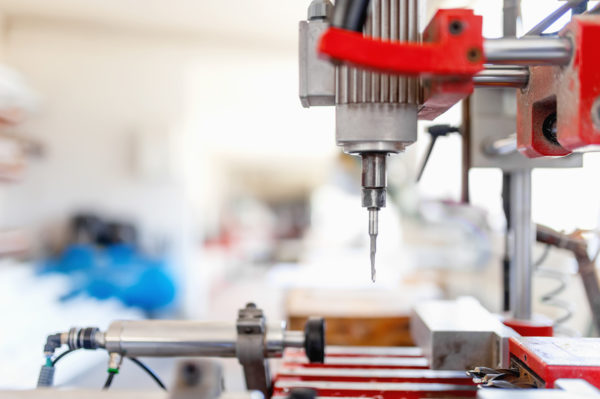
The 2018 tax law (The Tax Cuts and Jobs Act) made some significant changes to some of the rules regarding depreciation deductions.
First, a quick refresher on what section 179 and bonus depreciation are:
- Section 179 – it’s not that mysterious. The tax code allows businesses to deduct the full purchase price of qualifying eligible property (see the limitation described below) immediately, at the time of purchase, instead of depreciating it over the useful life of the property
- Bonus Depreciation – Like section 179, bonus depreciation allows for an immediate first-year deduction on the purchase of eligible business property. It is generally taken after the Section 179 Spending Cap is reached (beginning in 2018, bonus depreciation can be used for both new and used equipment), however, keep in mind that not all states (such as New York) recognize bonus depreciation
What About Section 179 and Bonus Depreciation Has Changed?
Section 179 Depreciation Deduction
A taxpayer may elect to expense the cost of any section 179 eligible property (e.g. business use machinery and equipment, non-structural building components and qualified leasehold improvements on commercial use property), and deduct it in the year the property is placed in service instead of depreciating it over the useful life of the property. While this isn’t new, the new law increased the maximum annual 179 deduction from $500,000 to $1,000,000. It also increased the phase-out threshold from $2 million to $2.5 million, meaning you can purchase more assets in a given year before losing the ability to take advantage of section 179 depreciation.
The new law also expands the definition of section 179 property to allow the taxpayer to elect to include the following improvements made to nonresidential real property after the date when the property was first placed in service:
- Qualified improvement property, which means any improvement to a building’s interior. Improvements do not qualify if they are attributable to:
- the enlargement of the building,
- any elevator or escalator or
- the internal structural framework of the building.
- Roofs, HVAC, fire protection systems, alarm systems and security systems.
These changes apply to property placed in service in taxable years beginning after Dec. 31, 2017.
Bonus Depreciation
The bonus depreciation percentage has been temporarily increased from 50 percent to 100 percent for qualified property purchased after Sept. 27, 2017, and before Jan. 1, 2023. Note: Special rules apply for longer production period property and certain aircraft. Also, not all states are conformed to the same federal regulations on bonus depreciation.
The definition of property eligible for 100 percent bonus depreciation was expanded to include used qualified property (previously, bonus depreciation was only available on new property) purchased after Sept. 27, 2017, if all the following factors apply:
- The taxpayer didn’t use the property at any time before acquiring it.
- The taxpayer didn’t acquire the property from a related party.
- The taxpayer didn’t acquire the property from a component member of a controlled group of corporations.
- The taxpayer’s basis of the used property is not figured in whole or in part by reference to the adjusted basis of the property in the hands of the seller or transferor.
- The taxpayer’s basis of the used property is not figured under the provision for deciding basis of property acquired from a decedent.
Also, the cost of the used qualified property eligible for bonus depreciation doesn’t include any carryover basis of the property, for example in a like-kind exchange or involuntary conversion.
Not sure if something you read here applies to you? Want a more in-depth analysis of when to use section 179 and when to take bonus depreciation? Let us know, we can help you determine what is best for you and your business!
